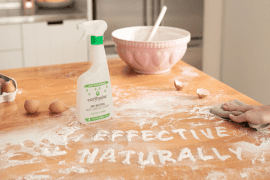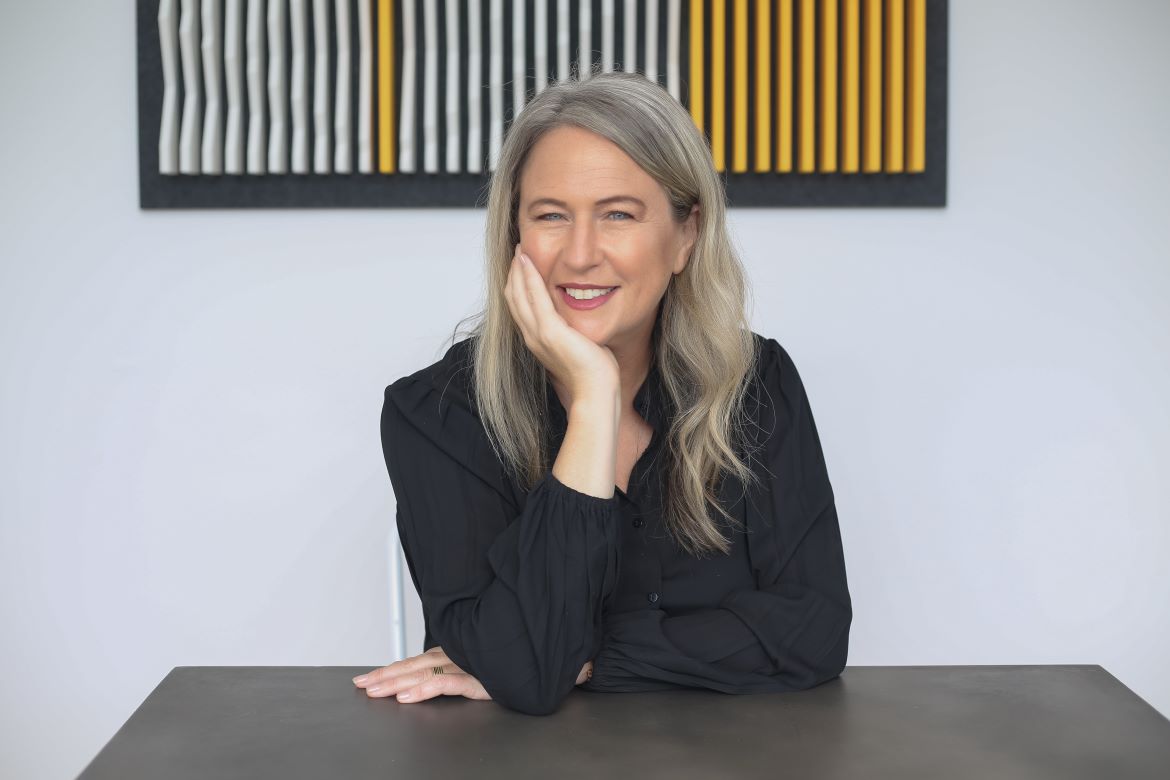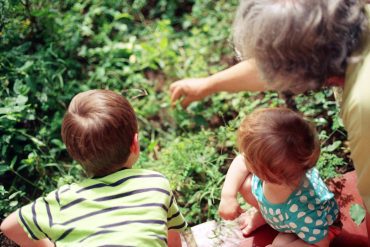-
Avoid Wall-to-Wall Carpeting
No matter how cushy it feels under your toes, wall-to-wall carpeting comes at a cost – and that cost includes a chemical side effect. That’s because many carpets are made from petroleum-based synthetic fibers, which can waft their included chemicals into the air. These chemicals can exacerbate the symptoms of allergies and asthma, and have links to cancer.
Instead, stick to all-natural flooring. If you like the feeling of carpet, cover your floors with area rugs made of natural materials, too: Wool and cotton, for example, do not emit the same chemicals as a petroleum-based rug. You can also try carpet tiles made from recycled fabric, which don’t require the same glue or rubber padding that can add to a regular carpet’s chemical content.
-
Cultivate an Indoor Garden
Houseplants do more than decorate your abode. Just like plants in the great outdoors, they’ll also filter toxins and other impurities from your air. To reap the full benefits of air-cleaning houseplants, place about two plants per 100 square feet of space your place has. And, though most live plants will have purifying effects, you should choose from the ones best suited to clean the air: Dracaena, ficus and the peace lily are all easy to maintain and powerful air cleaners.
-
Go Organic
Choosing organic products wherever possible can help you make your home less toxic. This practice extends much further than the kitchen, though buying organic produce and other foods takes pesticides off your and your family members’ plates. You can also buy organic clothing, sheets and towels, as well as hygiene products stripped of unnecessary chemicals and unnatural fragrances.
These are only six examples of how to build a toxin-free home. How will you purify your living space? No matter which route you take, one thing is for sure: Your home will be even more of the safe, comfortable space you want it to be – and you can’t ask for a better result than that.
Emily is the editor of Conservation Folks and a sustainability and conservation blogger. Follow her on Twitter to see the latest updates.










